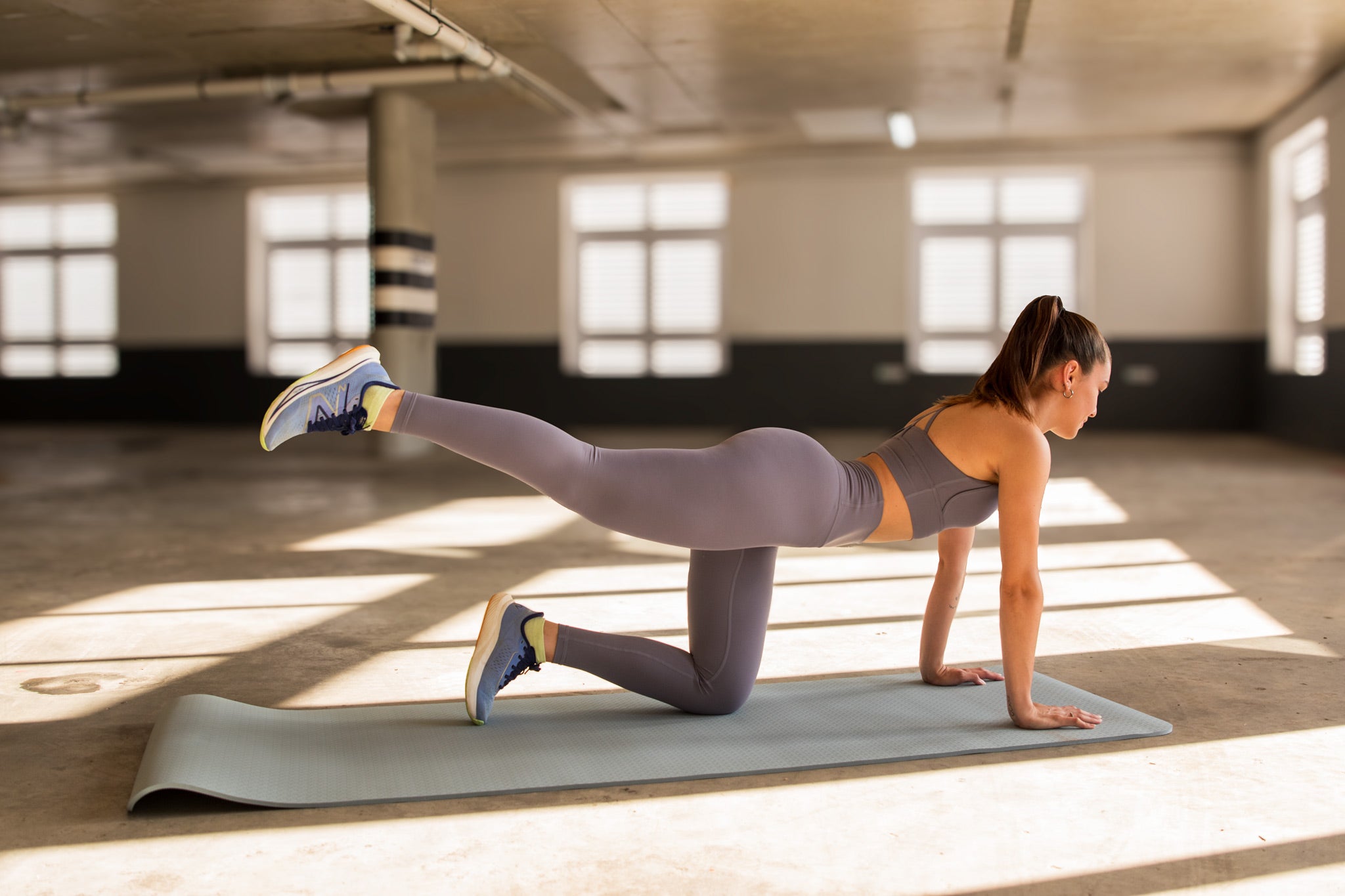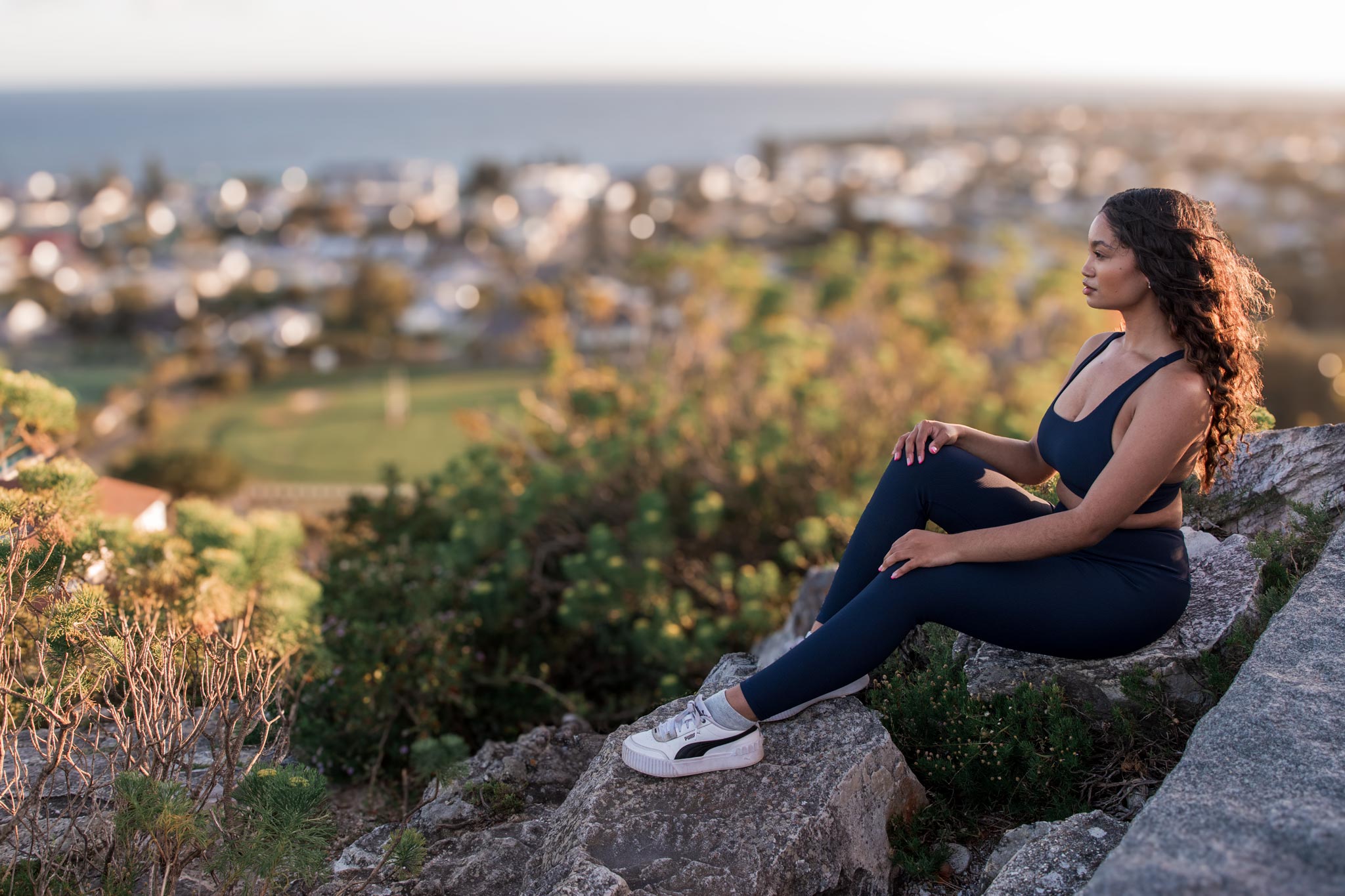This blog addresses The Top Performance Fabrics for Your Active Lifestyle.
Choosing the right fabric for your active wear can make a big difference in terms of comfort, performance, and durability. In this blog, we will discuss the best types of fabric for active wear and their characteristics.
Polyester
Polyester is a synthetic fabric that is commonly used in active wear. It is lightweight, breathable, and wicks moisture away from the skin, making it a great choice for high-intensity workouts. Polyester is also quick-drying and durable, making it a popular choice for running shorts, sports bras, and leggings.
Nylon
Nylon is another synthetic fabric that is often used in active wear. It is lightweight, durable, and has a smooth texture that feels comfortable against the skin. Nylon is also moisture-wicking and quick-drying, making it a great choice for sports bras, leggings, and shorts.
Spandex
Spandex, also known as Lycra or elastane, is a stretchy synthetic fabric that is often blended with other fibres in active wear. It provides a high degree of stretch and flexibility, allowing for a full range of motion during exercise. Spandex is commonly used in leggings, sports bras, and compression garments.
Bamboo
Bamboo is a natural fibre that is becoming increasingly popular in active wear. It is soft, breathable, and moisture-wicking, making it a comfortable and sustainable choice for eco-conscious consumers. Bamboo is also naturally anti-bacterial, which helps to reduce odours and bacteria growth in sweaty garments.
Merino Wool
Merino wool is a natural fibre that is becoming more popular in active wear due to its moisture-wicking and temperature-regulating properties. It is soft, lightweight, and has natural odour-resistant qualities, making it a great choice for high-intensity workouts. Merino wool is commonly used in base layers, socks, and running tops.
Cotton
Cotton is a natural fibre that is commonly used in casual wear but is not as popular in active wear due to its lack of moisture-wicking properties. However, it is still a comfortable and breathable fabric that can be used in low-intensity workouts or for yoga and Pilates.
In conclusion, choosing the right fabric for your active wear is important for comfort, performance, and durability. Synthetic fabrics like polyester, nylon, and spandex are popular choices due to their moisture-wicking and quick-drying properties, while natural fibres like bamboo and merino wool offer sustainable and eco-friendly alternatives. When choosing your active wear, consider the type of exercise you will be doing, the climate you will be in, and your personal preferences for comfort and style.




